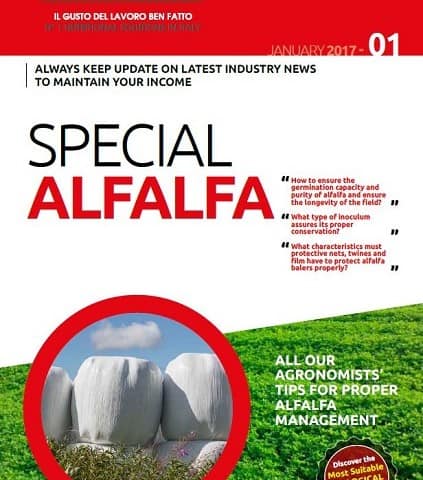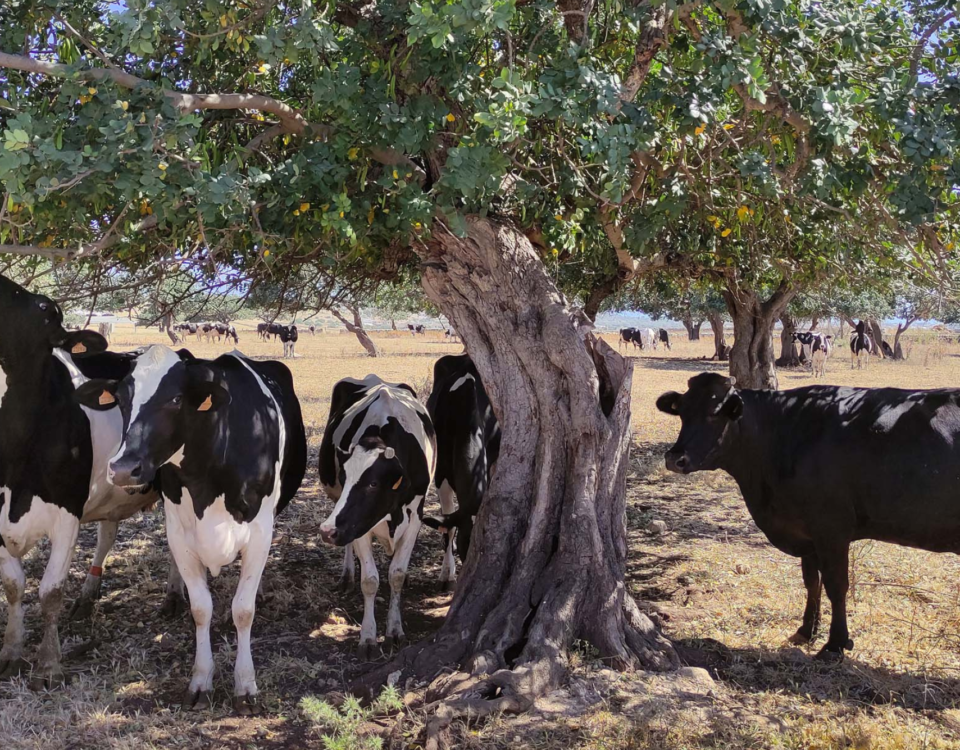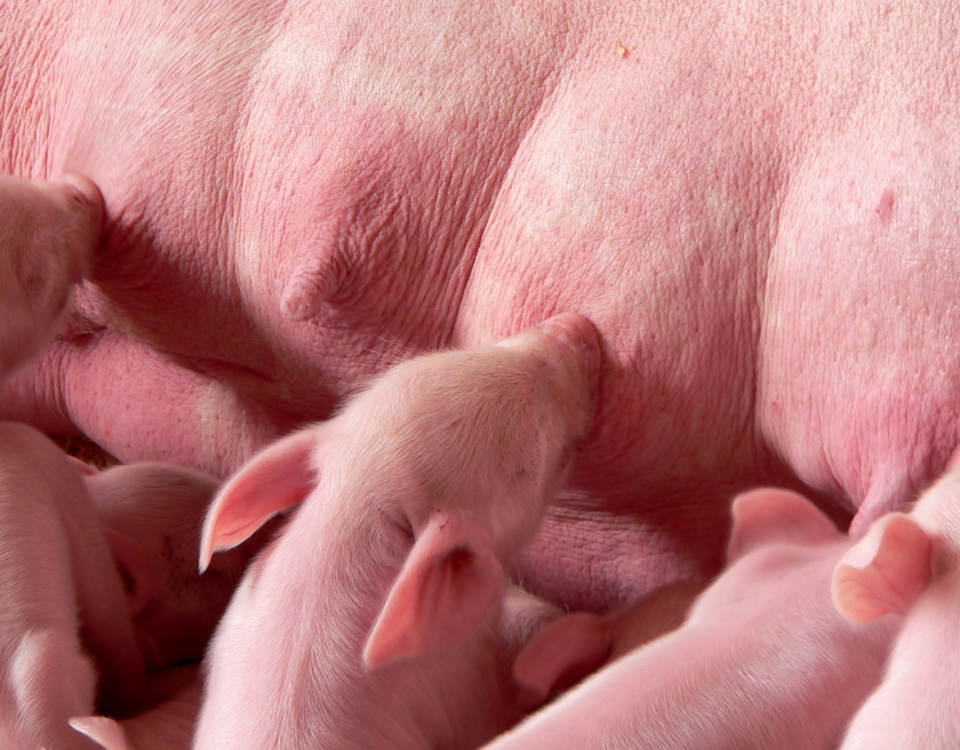Special Alfalfa

Cold Stress
February 7, 2019How to prepare the ground for alfalfa seeding – a good preparation of the soil will allow you to drastically reduce weeds.
Alfalfa (Medicago sativa L.) (from the Arabic al-fáṣfaṣa “fodder”) is a herb belonging to the Fabaceae (or Leguminosae) family and originates from South-West Asia.
It is particularly common in Europe (especially in Italy, France, Spain and Hungary) in USA, Canada, Argentina and Australia. Its high protein and vitamin (carotenes) content and the fact that it can be preserved like hay make it a fodder plant par excellence.
Alfalfa weeds
As in all the crop varieties destined for intensive agriculture, there is the risk that the purity of the product is compromised by other plants, that is, weeds.
As far as alfalfa growing is concerned, various crop varieties may be found in the field.
Over the seeding year, the most common weeds in the alfalfa field are annual broadleaf weeds (Stellaria, Capsella, Synapse, Chenopodium, Amaranthus etc.), or annual monocots (Digitaria, Setaria, Echinochloa). Later multi annual broadleaf weeds appear like Taraxacum, Rumex, Plantago, or monocotyledons such as Alopecurus, wild oats, ryegrass, Agropyron repens even though not without a certain fodder value, they are however to be considered weeds affecting alfalfa.
Much to be feared is also Cuscuta, which can cause extensive thinning like wildfire. Keeping the alfalfa field pure is the guarantee of both the longevity of the field and the quality of the fodder, which is only at its best when the alfalfa field is pure.
Proper organisation and preparation of the soil are fundamental to guarantee the best conditions for germination and settling of the Leguminosae.
Organization of the soil
It is necessary to ensure effective drainage of water through the preparation and careful maintenance of the drains, as well as an adequate organisation of the ground for the purpose of avoiding build ups of water which, if prolonged, may cause early thinning of the field and compromise its longevity and the floristic composition, with consequences in terms of both quantity and quality.
Working the ground
The main working consists of ploughing not more than 30 cm deep or, where possible, double layer work (sub-soiling at 40 – 50 cm followed by superficial ploughing). The main working must be carried out during the summer or autumn before the field is planted; secondary work must be carried out in the period immediately before seeding with particular care of ground levelling. The seedbed must be finished properly but not excessively, especially in lime-rich soils, where risks of surface crust forming are greater.
Later, with grubbing, vertical cuts are made on the ground already prepared, breaking any surface crust that has formed, thereby reducing clods and hollows making the surface of the ground even and bringing up to the top any weed roots, thus eliminating the weeds that have developed on the surface.[1]
In conclusion, harrowing breaks up the clods and makes the surfaces even, assuring an effective drainage of water for the purpose of avoiding build ups of water which, if prolonged, may cause early thinning of the field and compromise its longevity and the floristic composition, with consequences in terms of both quantity and quality.[2] Any weed-killing before or after an emergency must be calibrated according to the type of weed; however, good preparation of the soil already reduces its use, thus optimising costs and preserving the ecosystem.
Let’s recap PROPER ALFALFA GROUND PREPARATION in a chart:
PLOUGHING
↓
GRUBBING
↓
HARROWING
↓
ANY WEED-KILLING
↓
WEED REDUCTION
Why fight weeds?
Weeds act in strong competition with the fodder thereby preventing the deliverance of young plants in the year of planting and production in the following years. Weed control is an importance practice in crop growing because it improves the quality and the quantity of the fodder, optimises the drying and conservation of the fodder, reduces the possible sources of phytophage inoculum and pathogens and prevents the presence of toxic or antinutritional species in the fodder or species making milk taste bad.[3]
[1] http://www.crpa.it/media/documents/crpa_www/progetti/r-innova-p/newsletter/disciplinare_medica.pdf
[2] http://macgest.imagelinenetwork.com/it/glossario/e/estirpatura/5441
[3] http://www.fitosanitario.pr.it/files/3313/9696/5411/ArticoloPR-erba-medica.pdf




